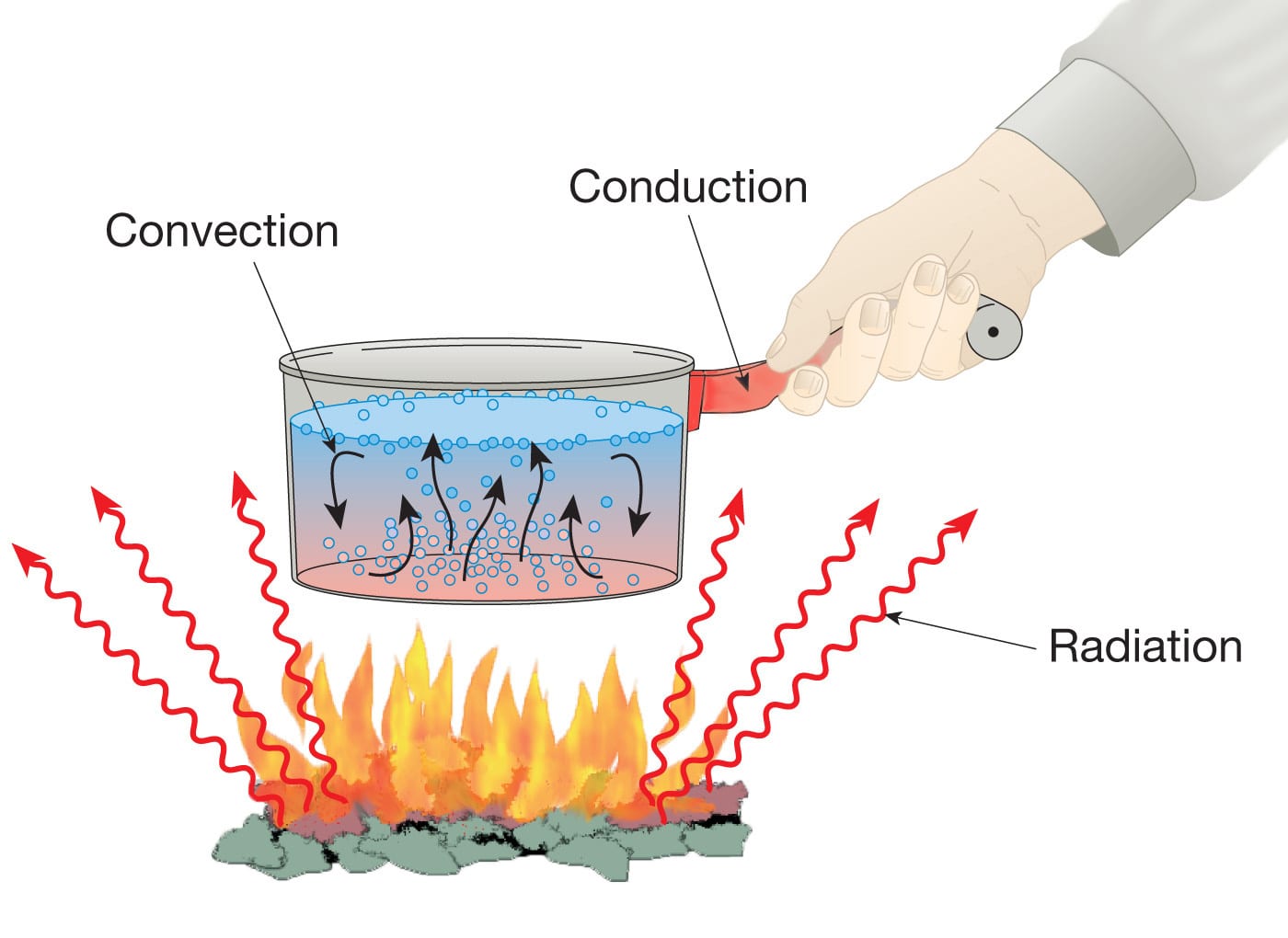Geothermal Energy Systems
Introduction
Geothermal energy is one of the oldest and most reliable forms of renewable energy production. It harnesses heat from beneath the Earth's surface to generate electricity and provide heating and cooling. This technology has been around since the 20th century and continues to play a significant role in the global transition towards sustainable energy sources.
How Geothermal Energy Works
Geothermal energy systems operate on the principle of extracting heat from underground reservoirs. The process involves:
- Exploraty drilling to locate suitable geothermal resources
- Drilling production wells to access hot water or steam
- Pumping fluids to the surface through injection wells
- Using heat exchangers to convert the fluid's heat into usable energy
Heat Transfer Process
Illustration: 
The heat transfer process occurs in three stages:
- Conduction: Heat moves through solid rock formations
- Convection: Hot fluids rise and cool, creating circulation
- Radiation: Heat is transferred through electromagnetic waves
Types of Geothermal Systems
There are several types of geothermal systems, each suited for different geological conditions:
Conventional Systems
These are the most common type and use natural groundwater as the working fluid.
- Suitable for areas with high permeability and temperature gradients
- Can produce both electricity and direct-use applications (heating/cooling)
Enhanced Geothermal Systems (EGS)
Also known as Engineered Geothermal Systems, these create artificial reservoirs where none exist naturally.
- Can be deployed in areas with lower permeability
- Requires advanced drilling and stimulation techniques
Closed-Loop Systems
These use man-made loops to extract heat from underground formations.
- Suitable for urban areas or where natural resources are scarce
- Can be combined with conventional systems for increased efficiency
Geothermal Power Plant Components
A typical geothermal power plant consists of several key components:
- Exploraty Wells: Used to assess the resource potential
- Production Wells: Extract hot fluids from the reservoir
- Injection Wells: Return cooled fluids back to the reservoir
- Heat Exchangers: Convert fluid heat to steam
- Turbines: Generate electricity from the expanded steam
- Condensers: Condense the steam back into liquid water
Illustration: 
Advantages and Disadvantages of Geothermal Energy
Advantages:
- High capacity factor (can run continuously)
- Low greenhouse gas emissions during operation
- Long plant life (30+ years)
- Can provide both electricity and heating/cooling
Disadvantages:
- Limited geographical suitability
- High upfront capital costs
- Potential environmental impacts (land subsidence, induced seismicity)
- Risk of fluid leakage
Case Studies
The Geysers, California, USA
- One of the world's oldest geothermal fields
- Produces over 750 MW of electricity
- Demonstrates the longevity of geothermal resources
Larderello-Travale, Italy
- World's largest geothermal power plant complex
- Produces over 800 MW of electricity
- Showcases the scalability of geothermal energy production
Future Developments
Geothermal technology is continually evolving:
- Advanced drilling techniques for deeper exploration
- Enhanced geothermal systems for wider applicability
- Closed-loop systems for urban areas
- Integration with other renewable sources (e.g., solar, wind)
Conclusion
Geothermal energy systems play a vital role in the transition towards sustainable energy. Understanding the principles, components, and applications of geothermal energy is essential for students pursuing careers in renewable energy engineering and management. As technology advances, geothermal energy is likely to become an increasingly important part of our global energy mix.